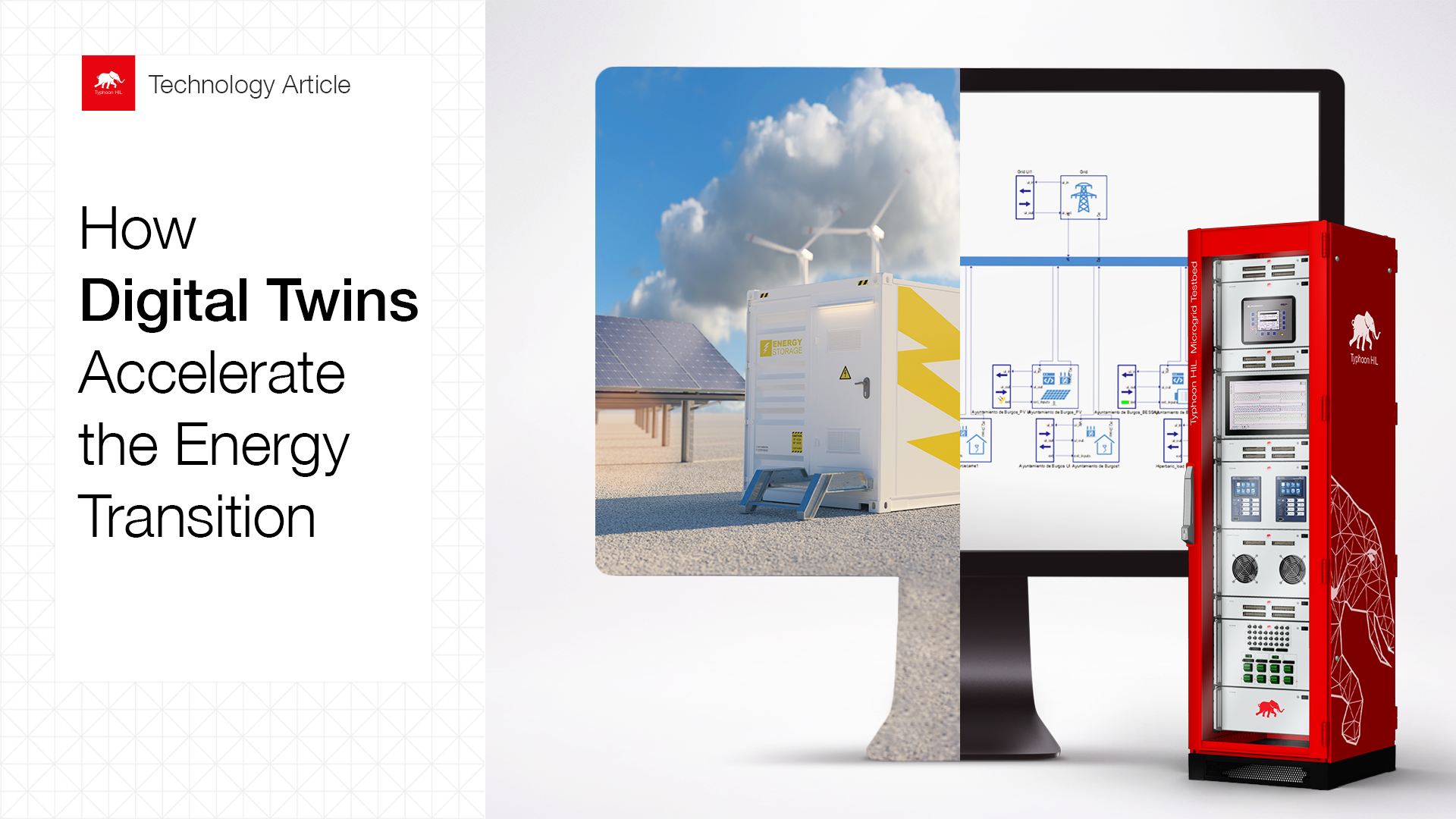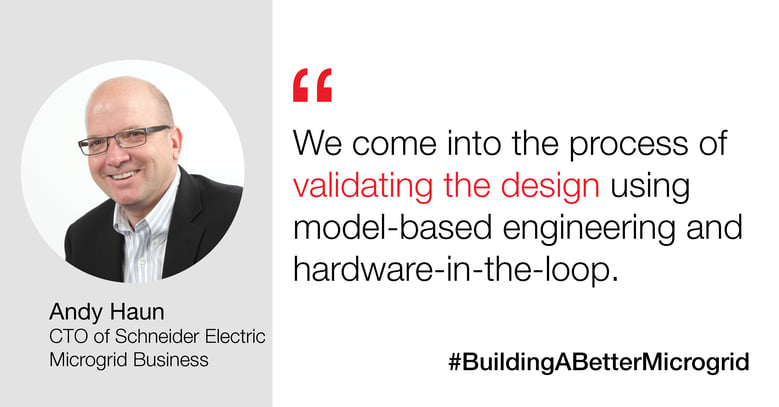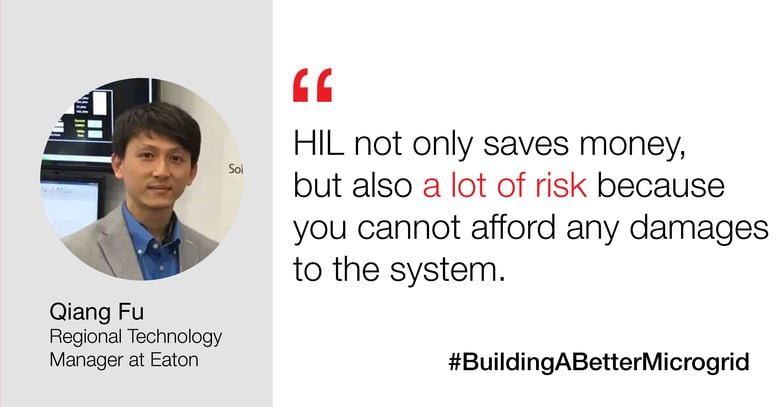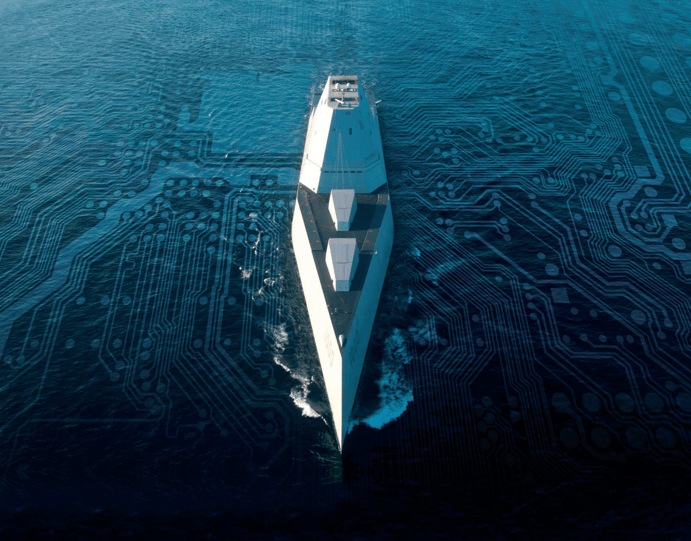
Blog Highlights:
- The validation challenge for novel technology development.
- How do digital twins de-risk, speed-up and streamline creating Community Energy Systems?
- How can digital twins demonstrate the value of novel battery systems?
Topics: Digital Twin, Project Update, Grid Modernization

Topics: Digital Twin, Technology Article, Grid Modernization

Topics: Smart Inverters, C-HIL, controller hardware in the loop, hardware in the loop, Digital Twin, smart grid converters, grid code compliance, low voltage ride through, advanced smart grid converters, advanced grid support functions, model microgrids, microgrid hardware in the loop, microgrid testbed, power systems, mbse

Andy Haun, CTO of Schneider Electric’s microgrid business, was one of the panelists at the Microgrid Conference 2019. He has led many key product development and technical innovations at Schneider Electric to simplify and enable effective grid-edge solutions including battery-based energy storage with highly-efficient inverters for distributed energy resources.
Andy talked about how Schneider Electric used model-based system engineering and microgrid Hardware-in-the-Loop testing for designing and testing power systems controls.
Topics: Smart Inverters, C-HIL, controller hardware in the loop, hardware in the loop, Digital Twin, smart grid converters, grid code compliance, low voltage ride through, advanced smart grid converters, advanced grid support functions, model microgrids, microgrid hardware in the loop, microgrid testbed, power systems, mbse

Topics: Microgrids, C-HIL, controller hardware in the loop, hardware in the loop, HIL, Shipboard Power Systems, Naval Microgrid, Miltary, Navy, Digital Twin
%20(1).png?width=800&height=450&name=MicrosoftTeams-image%20(2)%20(1).png)
This is an extension of our previous blog relating a ship's power system to a microgrid - interconnected loads (propulsion, C4ISR, propulsion, and auxiliary) and distributed energy resources (power generation, distribution, and energy storage) acting as a controllable entity. We will be describing a layman’s perspective on digital engineering as it applies to microgrid design, building, commissioning, operation, and maintenance or lifecycle of a ship.
Topics: Microgrids, C-HIL, controller hardware in the loop, hardware in the loop, HIL, Shipboard Power Systems, Naval Microgrid, Miltary, Navy, Digital Twin


The ship is a microgrid with interconnected loads (propulsion, C4ISR, propulsion and auxiliary) and distributed energy resources (power generation, distribution and energy storage) acting as a controllable entity. This is not a new concept. However, it is one that is taking on far greater significance with the increasing electrification and computerized control of naval and merchant marine ships.
Copyright © 2022 Typhoon HIL, Inc. Privacy policy Terms of Service